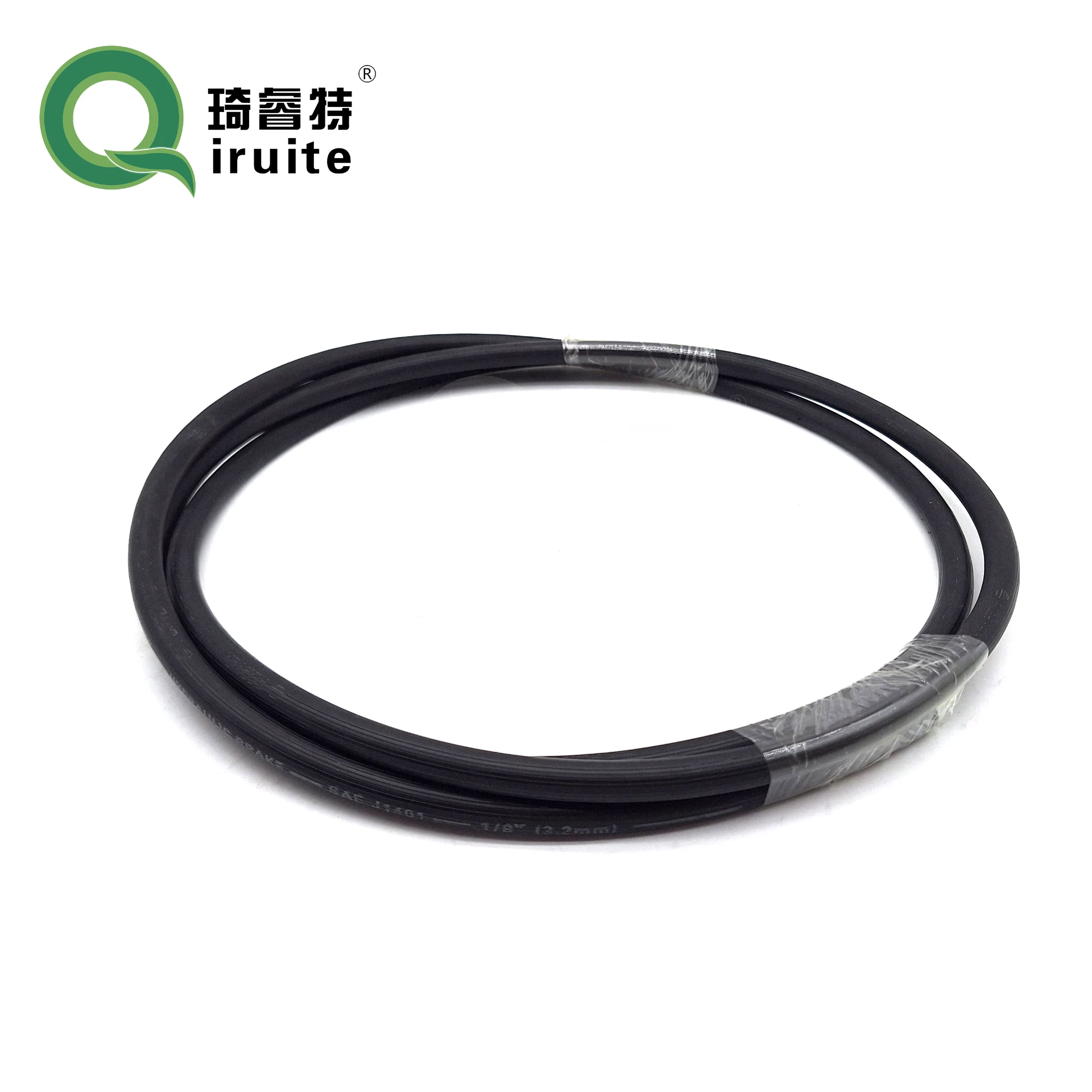r134a ac hose
Understanding R134a AC Hose and Its Importance in HVAC Systems
The R134a refrigerant is widely used in air conditioning systems, particularly in automotive and residential applications. For these systems to operate efficiently, the hoses used to transport the refrigerant play a critical role. Understanding the significance of the R134a AC hose, its types, function, and maintenance is essential for anyone involved in HVAC (Heating, Ventilation, and Air Conditioning) systems.
What is R134a Refrigerant?
R134a, or 1,1,1,2-tetrafluoroethane, is a hydrofluorocarbon (HFC) used primarily as a refrigerant in air conditioning systems. It replaced R12, which was phased out due to its ozone-depleting properties. R134a is non-toxic, has low flammability, and is significantly less harmful to the environment compared to older refrigerants. Its application ranges from automotive A/C systems to HVAC solutions for homes and commercial establishments.
The Role of R134a AC Hoses
Hoses serve as the critical connection points within the A/C system, transporting refrigerant between different components such as the compressor, condenser, evaporator, and expansion valve. The R134a AC hoses are specifically designed to handle the pressure and chemical properties of R134a, ensuring efficient system operation and longevity.
There are two primary types of hoses in an A/C system high-pressure hoses and low-pressure hoses. High-pressure hoses transport refrigerant from the compressor to the condenser, while low-pressure hoses carry the refrigerant back to the compressor after it has cycled through the evaporator. Each type of hose is constructed from different materials to withstand specific pressure and temperature ranges, ensuring that they do not rupture or leak.
Materials and Construction
r134a ac hose

R134a AC hoses are typically constructed from a combination of durable materials. The inner tube is often made from synthetic rubber, which provides excellent resistance to the chemical properties of refrigerants. The reinforcement layer, usually consisting of braided nylon or textile, adds strength and flexibility, allowing the hose to withstand high-pressure applications. The outer layer is designed to protect against environmental factors, such as abrasion, heat, and ozone.
The dimensions of hoses also play a significant role in their performance. They come in various diameters, ensuring compatibility with different A/C systems. The choice of hose size can affect the overall efficiency of the system, as correctly sized hoses minimize pressure loss and enhance refrigerant flow.
Maintenance and Replacement
Regular maintenance of the R134a AC hoses is crucial for ensuring the longevity and efficiency of the air conditioning system. Over time, hoses can become damaged due to wear and tear, exposure to extreme temperatures, or environmental factors. It is essential to inspect hoses for signs of leaks, cracks, or bulges. If any of these issues are present, replacement is necessary to prevent further damage to the A/C system.
When replacing R134a AC hoses, it is vital to use high-quality hoses that meet manufacturer specifications. Using incompatible or substandard hoses can lead to system failure or reduced efficiency.
Conclusion
In summary, R134a AC hoses are a vital component of any air conditioning system utilizing R134a refrigerant. Their construction, maintenance, and compatibility with the A/C system significantly impact overall performance and efficiency. Understanding these elements is crucial for HVAC professionals and vehicle owners alike. By ensuring that the hoses are in good condition and properly maintained, one can maximize the performance of the A/C system and contribute to a comfortable environment.
-
Ultimate Spiral Protection for Hoses & CablesNewsJun.26,2025
-
The Ultimate Quick-Connect Solutions for Every NeedNewsJun.26,2025
-
SAE J1401 Brake Hose: Reliable Choice for Safe BrakingNewsJun.26,2025
-
Reliable J2064 A/C Hoses for Real-World Cooling NeedsNewsJun.26,2025
-
Heavy-Duty Sewer Jetting Hoses Built to LastNewsJun.26,2025
-
Fix Power Steering Tube Leaks Fast – Durable & Affordable SolutionNewsJun.26,2025

